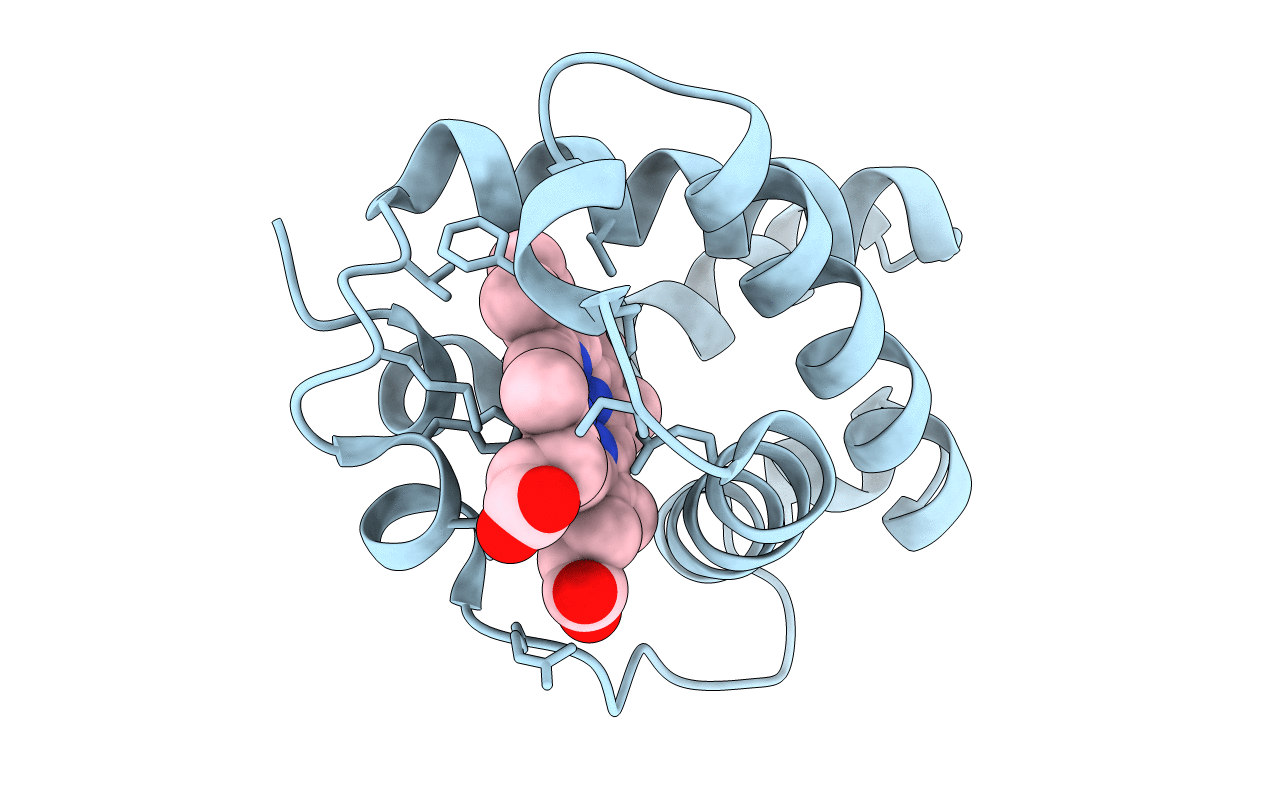
Deposition Date
1999-12-13
Release Date
2000-09-20
Last Version Date
2024-02-07
Entry Detail
PDB ID:
1DLW
Keywords:
Title:
X-RAY CRYSTAL STRUCTURE OF TRUNCATED HEMOGLOBIN FROM P.CAUDATUM.
Biological Source:
Source Organism:
Paramecium caudatum (Taxon ID: 5885)
Host Organism:
Method Details:
Experimental Method:
Resolution:
1.54 Å
R-Value Free:
0.18
R-Value Work:
0.13
R-Value Observed:
0.13
Space Group:
P 43


